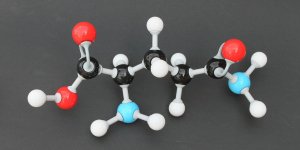| News / Science News |
Tiny pollutants intensify storms in the Amazon
Ultrafine aerosol particles found in polluted urban air can contribute to more intense storms in the Amazon rainforest, with potential knock-on effects for weather and climate patterns in the region and beyond, researchers have warned.

Aerial view of the Amazon Rainforest, near Manaus. ![]()
Particles smaller than 50 nanometres in diameter have a substantial influence on cloud formation in the Amazon. In turn, the rainforest has a strong influence on climate regulation worldwide, and aerosol effects observed in this region could also trigger climate shifts globally.
Although it has long been known that aerosols could play an important role in shaping regional weather patterns, ultrafine particles were thought to be too small to affect the formation of clouds. This has now been overturned by the new study, at least in the specific circumstances of the Amazon.
The research team analysed the influence of ultrafine particles on cloud cycles in the rainforest during the 2014 rainy season, when there were no forest fires and the only source of pollution was Manaus, the largest city in the Amazon.
The city’s two million inhabitants and 500,000 vehicles add to the pollution released by thermoelectric plants to produce a plume that moves into surrounding areas through wind patterns.
The researchers used a ground station based in Manacapuru city — located 80 kilometres from Manaus — which receives both the pollution carried by the wind from Manaus and the clean air from the forest.
Their analysis shows that condensation around tiny particles significantly increased cloud formation and warmed the surrounding air, intensifying the so-called deep convective cloud systems that are responsible for causing thunderstorms in the Amazonian tropics.
These tiny particles act [by] forming cloud droplets after all the larger particles in a warm and humid environment have already been used to form droplets. (SciDev.Net)
YOU MAY ALSO LIKE





